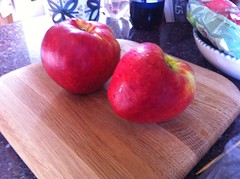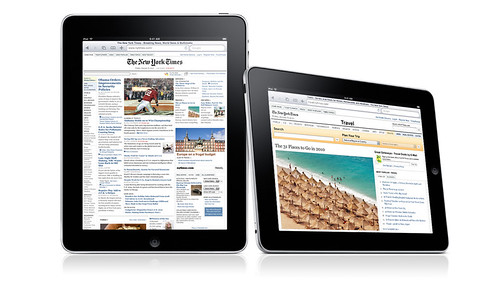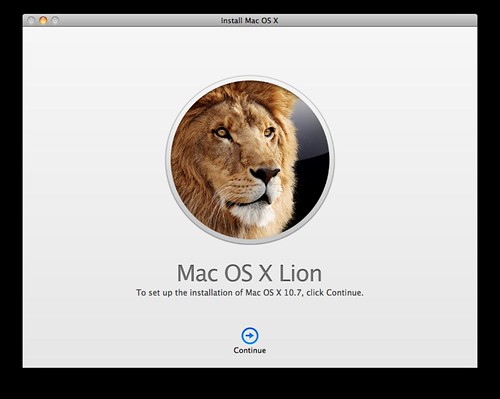Update 11.08: thanks to Michael, Ivan, Simon and everyone else that’s offered workarounds for my various cons. The Pros list is expanding and I am increasingly sold!! My apologies to Amanda for boring you endlessly with phone chat…
I have been a (reluctantly) loyal iOS devotee since the 3GS came out, and have struggled to even look at rival OS – I was burned by the gradual deterioration of Windows Mobile in the mid 2000s, never convinced by the sluggish responsiveness of even the fastest Android phones (and the updates flowing to my Nexus 7 tablet – a gift – haven’t convinced me it will improve). However, of late, the flagging battery life of my ageing iPhone 5 (needs 2-3 charges a day depending on usage), and the phenomenal lack of joy you get from a new handset (oh… it looks and acts exactly like the old one), as well as the inevitable obsolescence caused by ageing handsets and upgraded operating systems, AND the crippling cost of an upgrade…. well, you get the picture.
TL, DR – I bought an older Lumia 925 handset and am trying it out. If I hate it and go back to the iOS fold, it can go back on eBay and I should make most of my money back (it’s already lost most of its year one resale depreciation value).
So, making a list of the things I like and dislike about it, with a view to weighing them up and thinking about a more permanent ecosystem shift. Let me know if I’ve missed anything to test, or you know a workaround to one of my cons, or you think I’ve missed a ‘pro’ on anything in particular. I’ll update this list ‘live’ over the next few weeks as I test it properly.
Updated list (11.08.14):
Pros
- Beautiful screen
- Slick UI, v natural interface, live tiles are helpful, searching through apps is cool
- Very responsive typing, swype is remarkable
- Less punishing autocorrect than iOS
- Battery life is better – not ridiculously so but noticeably. Even running 10k using GPS (1h10 mins of GPS usage) the battery lasts through to the evening. And as you can imagine, with the new OS I am playing with it a LOT and unnecessarily so
- Here maps is amazing! Local storage limits need to draw on data transfer for a variety of mapping services, e.g. Caledo (run keeper integrated running app)
- Lock screen / photo rotation feature is lovely – love that it can draw on Facebook albums
- 4G on O2 (Need iPhone 5S or 6 for that) – blisteringly fast
- OneDrive >> iCloud as far as I can see, if I can get used to using it
- IE actually seems pretty fast
- App multitasking in most regards seems superior – apps genuinely ‘suspend’ unlike the iPhone which seems to have suffered greatly with the introduction of background app refresh. Lovely feature with the voice/music apps that they pause when voice notifications come in (e.g. running app telling you your splits pauses audible whilst playing, or music, or whatever) rather than speaking over it (as iPhone does)
- I actually already prefer email handling in Windows phone – the left tap / multi-select option is actually quicker to use than repeatedly swipe/deleting emails in iPhone (and I know iPhone has an equivalent, but who uses it?)
- I also like unlinked mailbox options – didn’t think I would but separating the personal from the professional is good for my work/life balance
- DLNA projection via Nokia play-to doesn’t require an Apple TV or changing channels – just works. Not for all apps, but to be fair – we mainly use it to share pics and videos
- 1 year old hardware feels new with new software (unlike Apple, most of the time) although see note re: camera responsiveness
- Whilst I initially disliked Kindle’s nerfed capabilities (can’t open docs) I’ve discovered Tucan reader – a lovely independent ebook reader that uses the phone’s (amazing) text to speech capabilities to read stuff to you if you need it to. Much better for reading personal docs.
- Dead heat
- Cortana seems exactly as useful as Siri, i.e. a little but not ridiculously so. Absence of a ‘timer’ function is a fairly major omission but reminders/alarms work much to the same effect without a real-time countdown.
- Camera picture quality seems superior but response time is worse than the iPhone so it comes out even – photos blur if you are expecting iPhone style responsiveness and don’t get it. May improve with newer hardware.
Still to be tested:Â
- Skype video call quality
- High contrast mode in bright sunlight.
- What else? You tell me!
Cons
- Few apps I want aren’t there in ‘proper’ versions (Feedly,  Todoist & some random lesser apps) – suspect I just need to ‘re-buy’ the premium versions of some of these. Lots of lesser apps don’t have a decent implementation at all… all in due course, no doubt. I heard that the Windows Phone app store doubled in scope in 12 months and Windows Phone’s market share is up to 10% – pretty remarkable given the trajectory it was on. I hear good things about Universal Apps too.
- UI in some of the apps a little clunky (Facebook seems less natural)
- Less punishing autocorrect than iOS (you have to go back through and correct red-underlined words that it doesn’t just guess and change for you, both a pro and a con)
- Locks you into its ecosystem (as does Apple, to be fair)
- Much vaunted wireless charing requires an additional case (OK, Apple doesn’t do this)
- Screen smudging that much more obvious
- No FaceTime or iMessage or O2 Tugo for offline / interoperating comms with, say, Amanda’s phone…
- Limited Google ecosystem love – no Google Chrome, no native Gmail app, etc. – and I have in the past been a devotee (though obviously not of Android)
- Camera lag – probably a consequence of the dated hardware the phone is running on, or the image stabilization which I haven’t turned off.
Original list: posted 6th August 2014
Pros
- Beautiful screen
- Slick UI, v natural interface, live tiles are helpful, searching through apps is cool
- Very responsive typing
- Less punishing autocorrect than iOS
- Battery life seems better
- Lock screen / photo rotation is lovely
- 4G on O2 (Need iPhone 5S or 6 for that)
- OneDrive >> iCloud as far as I can see, if I can get used to using it
- IE actually seems blisteringly fast
As yet untested
- Battery life – sim card adapter hasn’t arrived yet so can’t give it a proper run-in
- Photos/camera
- Cortana vs Siri
Cons
- Few apps I want aren’t there in ‘proper’ versions (Feedly, Runkeeper doesn’t seem to work, Todoist & some random lesser apps)
- UI in some of the apps a little clunky (Facebook seems less natural)
- Less punishing autocorrect than iOS (you have to go back through and correct red-underlined words that it doesn’t just guess and change for you, both a pro and a con)
- Kindle app doesn’t display documents
- Haven’t figured out how to get Kindle to read to me yet / accessibility features
- Email isn’t as intuitive (no ‘swipe to delete’, not clear if I’m archiving, deleting an email doesn’t take you to the next one in your inbox to review)
- Locks you into its ecosystem (as does Apple, to be fair)
- No DLNA projection / Apple TV equivalent in the 925 – and I have Apple TV and iPad
- Much vaunted wireless charing requires an additional case (OK, Apple doesn’t do this)
- Screen smudging that much more obvious
- No FaceTime or iMessage or O2 Tugo for offline / interoperating comms with, say, Amanda’s phone…
- Limited Google ecosystem love – no Google Chrome, no native Gmail app, etc. – and I am a devotee
















